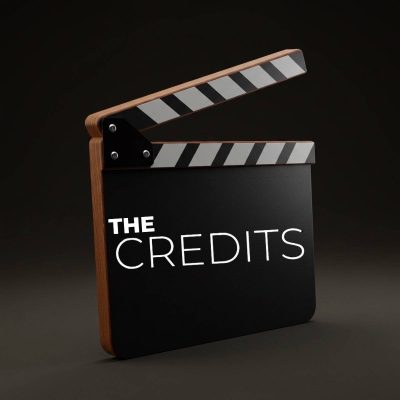Movie Poster Masterminds: An Interview With Allied Creative
Everyone knows movie ad campaigns are crucial to the industry. After all, who hasn’t let an eight-foot billboard of an impressive movie advert persuade them into making a trip to the local theater queue? But, like most things in the business, there’s more to making movie posters than meets the eye. Creative agencies are devoted to achieving the optimal aesthetic of movie posters and ad campaigns—from appealing to the target audience, to capturing the ambiance and essence of the movie itself.
Allied Creative is one of the most reputable movie poster making agencies around. Responsible for running the campaigns of movies like Blue Valentine, The Reader, and The Artist, as well as TV favorites like True Blood and It's Always Sunny in Philadelphia, Allied Creative knows that a good campaign can make or break a premiere.


The Credits interviewed Vice President and Creative Director Tom Platoni and Vice President of Creative Client Services Elisabeth Baker at Allied Creative to talk movies, posters, and artistic inspiration.
What’s the first question you ask yourself when starting an ad campaign for a movie?
The first thing we ask is how does the studio want to position the film? If they are looking for us to assist with that, we look at who the target audience is and at the strengths of the film. We ask, "who is this film made for and how do we speak to them?" and "what cast/director/story strengths can we feature?"
What do you ask the movie’s director or producer?
If we have access to the director or the producer, we discuss the core audience they believe will respond to the film and we discuss what images or story components they feel are the strongest.
How has the process of developing movie posters changed over the years? Are there movie poster trends?
There have definitely been trends. In the '60s-'80s, you'd sometimes see the names of the actors in the copy, and the copy would be an entire paragraph. In the '90s there was the big gun pointed at the viewer or a big hand, fisheye lens-style.
Obviously MAC has become an important tool that caused poster design to change dramatically since the early '90s. Also, the use of the Trajan font as the default 'horror' or 'drama' font. Posters with white backgrounds and big chunky red title treatment, usually in Gill Sans font, meant big comedy. The dreaded 'Heads in the Sky' technique, when there are too many important people in the film and a full body line-up won't work– drop a big landscape shot with lots of scope and ghost the heads in the sky–it was the gold standard for a while.
Do you have a favorite movie poster or ad campaign of all time?
TP: Sometimes these things felt more powerful at the time and don't hold up, but City of God, I loved. It had the perfect feeling of grit and beauty.
EB: Wow, it is really hard for me to pick one favorite movie poster. A few that I loved are Pulp Fiction, Manhattan, All About My Mother and Star Wars.
Do you find inspiration outside the movies? Where?
We find inspiration everywhere; in book cover design or street art, signage, wild posting. My favorite is graffiti on wild posting or signage. You get to see the real reaction people have to design and marketing. If you walk through bookstores, too, you can find some true inspiration.
How has online piracy and/or copyright infringement affected your work?
Piracy and copyright infringement has obviously become a huge issue. It hasn't so much affected our work as it has affected the way we are able to view the films we work on. We rarely get DVD screeners anymore. We are invited to screenings more often and sometimes are able to watch films via secure web link. Each of these require us to block out time from our work day to view the film rather than just taking it home and watching it on our own time.



